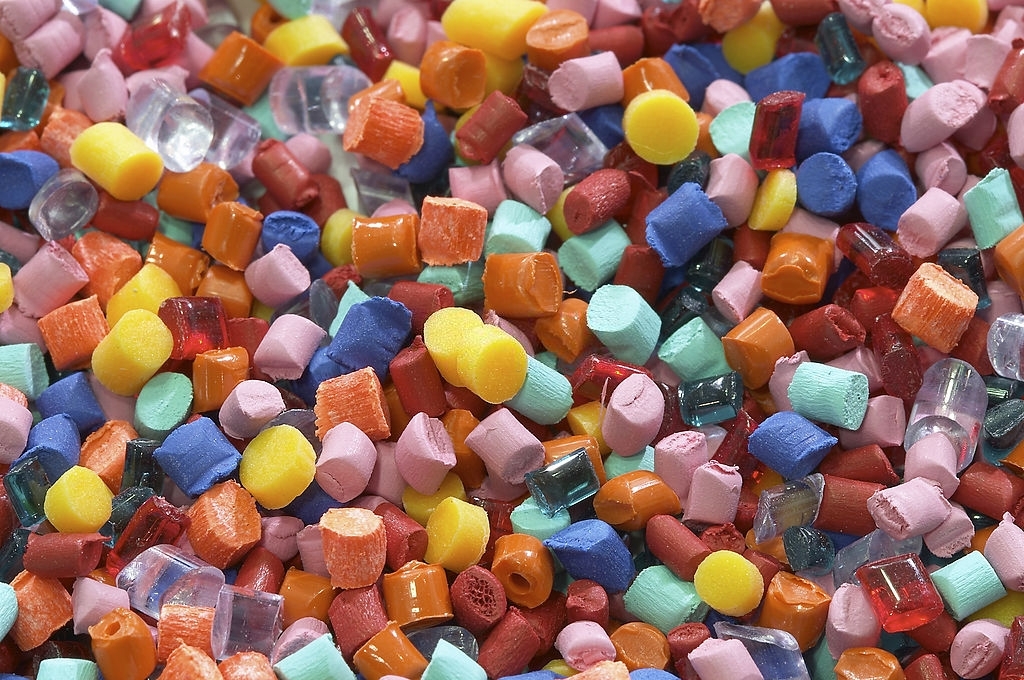
Like many other industries, the plastic resin industry is also going through a volatile period, especially due to the Russia-Ukraine war. With limited supplies and high energy feedstock prices, the resin market is very active and experiencing higher prices than normal.
Moreover, resellers and processors are aggressively buying the products, further increasing the demand. This article will analyze the latest trends in the plastic resin market and the expected impact of the Russian invasion on the industry in the coming months.
Impact of Russian Invasion
The Russian invasion is threatening the flow of key energy and other essential supplies throughout Europe. In other words, the significant surge in demand for the resin is due to the Russian invasion of Ukraine.
Experts have also warned that the invasion can lead to a much larger conflict and harm the flow of key energy throughout the world. It will put enormous strain on the global supply chain.
A direct impact of the Russian invasion is the increased cost of polyethylene (PE) and polypropylene (PP) resins. These resins were already expensive due to disruptions in the supply chain from the COVID-19 pandemic.
The PE manufacturers are also planning to increase their prices due to high demand but limited supply. Overall, the flow of PP is steady, but it has also experienced an increasing price. The sharp boom in the energy markets is also leading to massive gains and volatile trading due to the uncertain conditions in Europe.
Similarly, the contracts in the natural gas industry are also experiencing strong growth due to limited gas being available from Russia. Europe and America’s sanctions against Russia have also taken full effect in the last few weeks. As a result, the entire plastic resin market is going through a volatile period.
Analysis of Polyethylene in Resins Market
Polyethene (PE) is one of the most used plastics around the world in various products like plastic bags and stretch films. Throughout March, the PE trading and volume kept growing to the highest levels of 2022. Pricing is also fluctuating due to the changing geopolitical situation and volatility in global supply/demand.
Some significant forces in the industry, like high global inflation, increasing international energy costs, and recovery from the global pandemic, are causing PE manufacturers and suppliers to maintain high operating costs.
Analysis of Polypropylene in Resins Market
Polypropylene (PP) trading also saw a strong month because the rising energy and feedstock prices attracted more buyers into the market, increasing the resin prices. It is highly expected that the PP market will see more upside in the future.
The demand for PP is also more than normal, and heavy volumes can be seen in PP trading. Mexico is one of the most prominent regions to heavily rely on low and mid-melt homopolymer PP. There has been a healthy number of PP sales to Mexico since the start of 2022. These sales have only increased due to the Russian invasion of Ukraine.
There was a lack of supply of high-flow PP in the market, and it did not see any noticeable growth in trading. Furthermore, the PP inventories have also reduced from the peak levels because the manufacturers are not providing many products like plastic bags or stretch films in massive quantities to the market.
Conclusion – Future Trends
It is highly expected that unless there is another major disruption to the global economy, the resin manufacturers will be able to achieve an ideal balance in supply/demand to attempt another bull run.
This is because the processors are likely to start accepting higher resin prices in the following months.
Moreover, with the increasing demand for plastic in many different industries, such as the medical industry, the PE and PP trading volumes are expected to enjoy steady growth.
A major takeaway from the 2021 plastic resins market is that the market can tolerate significantly higher resin costs. Plastic manufacturers of products like stretch films and plastic bags are likely to use this lesson to their advantage.
Overall, there is still much uncertainty in the plastic resins market because it depends on many different factors like cost and supply of natural gas, energy prices, global supply chain, and global economic conditions that are continually changing due to the Russian invasion of Ukraine.
The combined effect of these factors is that resin prices will keep increasing throughout the year, especially if there is uncertainty involved with inflation and global economic recovery.





